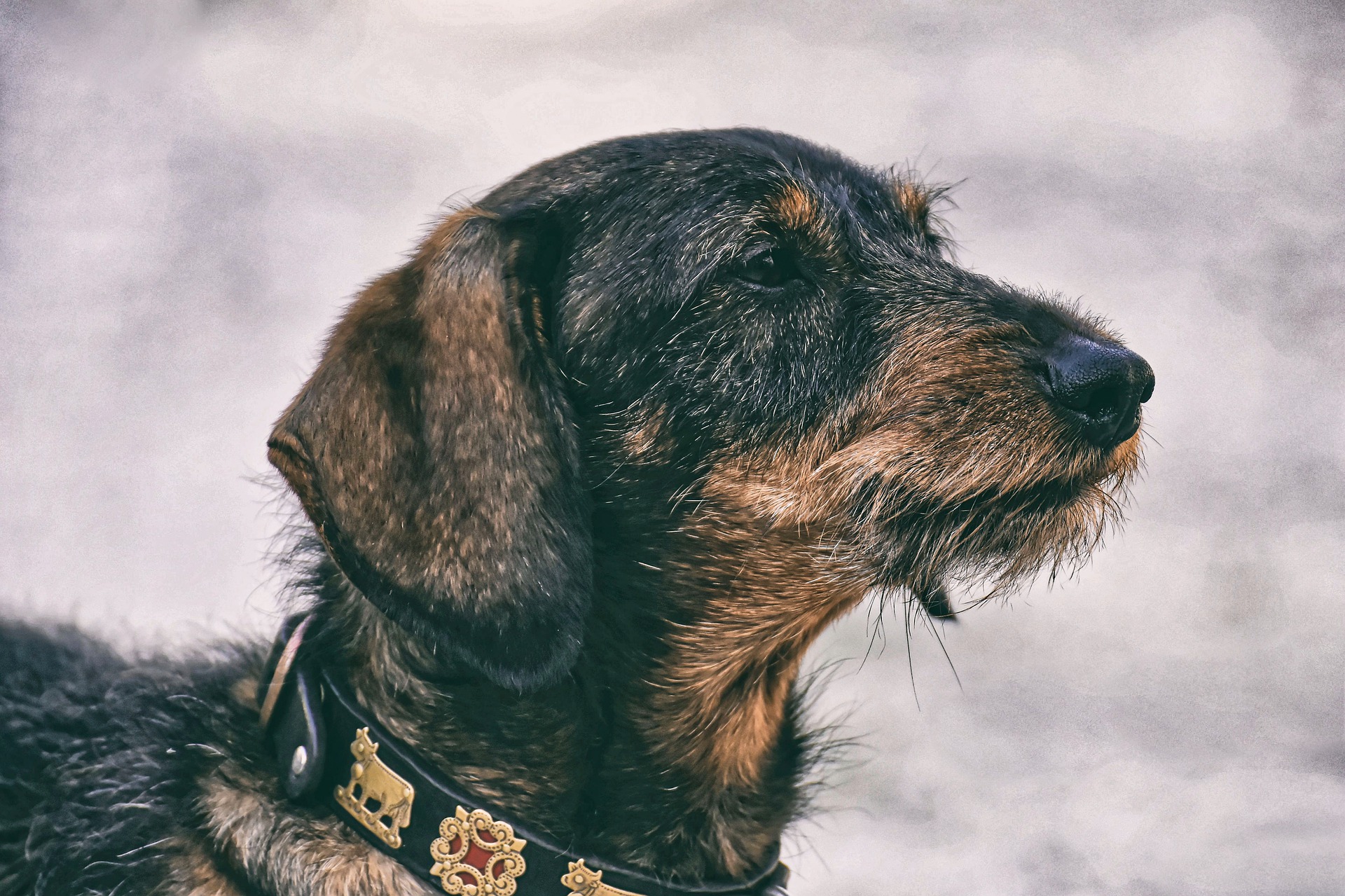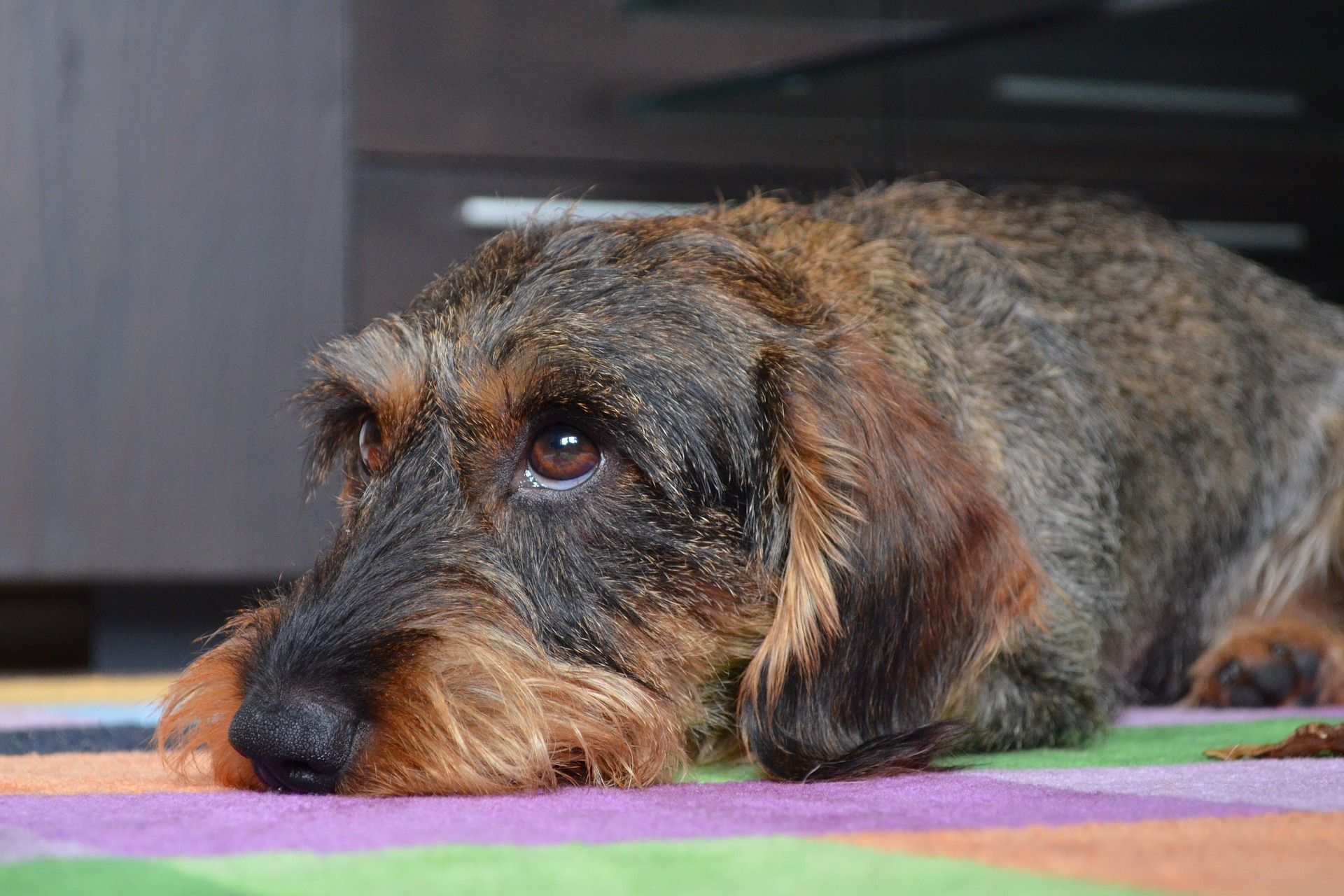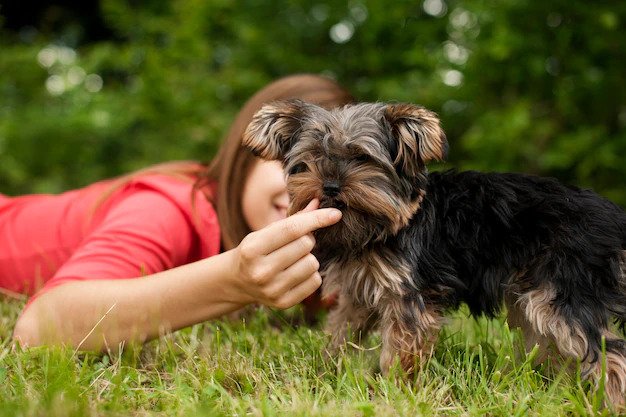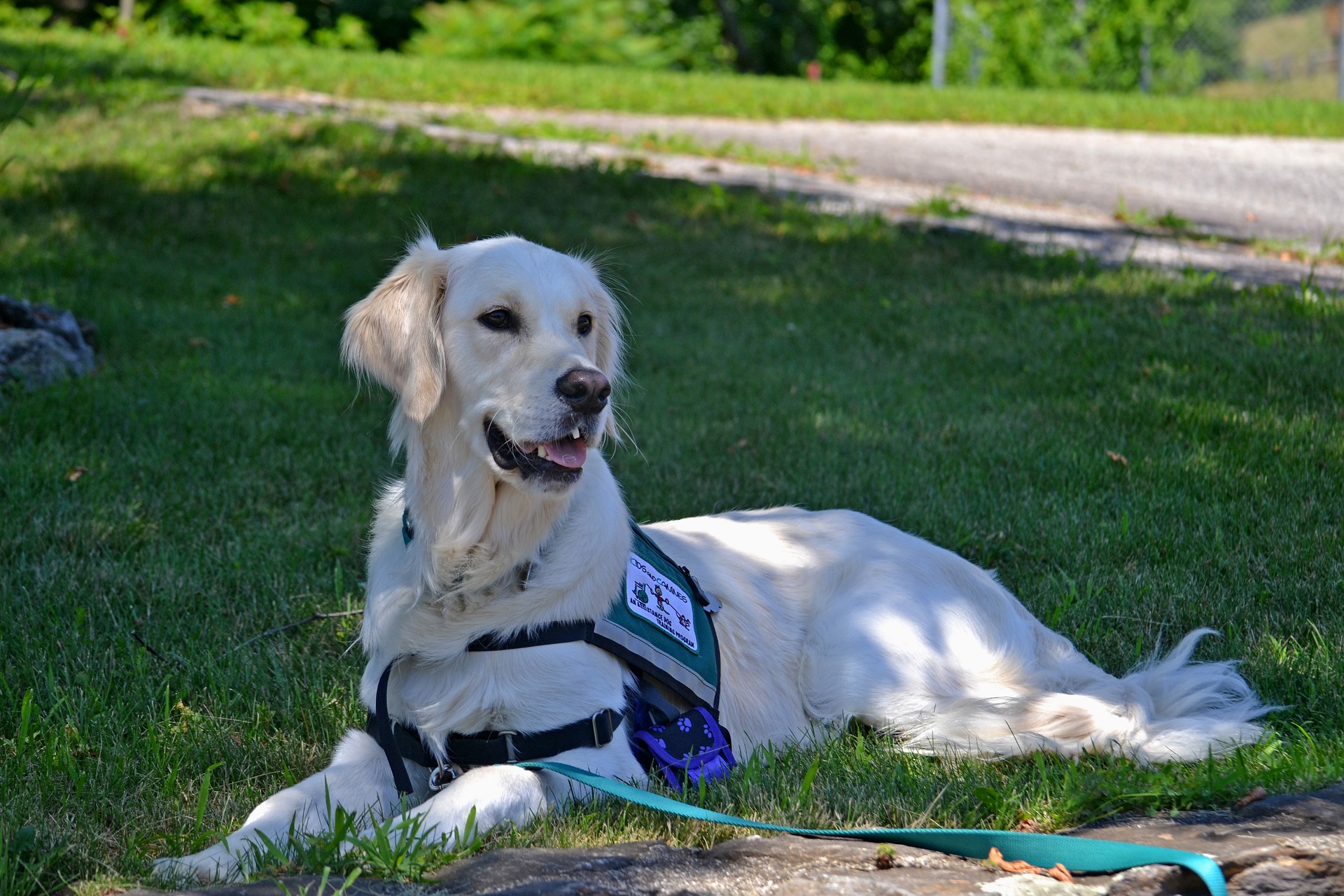
Thinking of getting an adorable dachshund as an addition to your family? Here is everything you need to know about this breed; from the history to grooming needs and possible health issues.
History
This adorable breed originates from Germany. The word Dachs means badger in German, and the word shun means dog. They were called this as they were actually known as the badger dog. In the 16th century, they were also referred to as the “badger creeper”, the “Earth dog” and “dachsel”. Badgers were the Dachshunds prey, as well as other animals like foxes and deer. These Dachshunds were much bigger, around 30-35 pounds.
German foresters wanted a long dog that could fit into badger holes and kill them if necessary. Their short legs also assist them into the holes, as well as their sturdy tails which hunters may use as some sort of handle to get the Dachshund out of the hole. Still to this day, the Dachshund is the only recognized breed by the AKC that is known to hunt above and below ground.
The Dachshund didn't become a family pet until around the 1800s. In the 1950’s they became one of the most popular family pet breeds in the U.S. They are rarely used as hunting dogs in the U.S and in Britain, but in places like France and other parts of Europe, they are still considered hunting dogs.
About
The dachshund comes in a variety of different colors, including black, tan, red, cream, and blue. They can also come in 2 or more of these colors combined. They are a part of the hound breed group and have a lifespan of 12-15 years. They weigh an average of 16-32 pounds and have a height of around 8-9 inches at the shoulder. They also have three coat types; smooth, wirehaired, or longhaired.
Temperament and Personality
Dachshunds are described to be lively, curious, friendly, and brave. They are very attached to their families and adore being snuggled up under a cozy blanket.
They are okay with other family pets or other dog breeds, but they would get on best with another Dachshund best. They can get jealous when they want attention though, so it is important that you put a stop to jealousy before it becomes a recurring problem. Similarly, with their toys, they can be possessive of them. These can turn into bad habits if not dealt with.
They can be usually very suspicious when a stranger approaches and bark a lot. They are commonly alert watchdogs which may not take well to new people so you must show them that new people coming over is okay and socialize them too.
Your Dachshund will need a daily walk and lots of attention and affection. When out for walks, always keep them on a leash, as they will definitely run at something intriguing.
Some owners of Dachshunds say the different varieties of the breed have different temperaments. For example, a long-haired Dachshund is said to be calmer than a smooth coat, and a wire-haired one is presumably more hyper and playful.
Training a Dachshund
Because of the Dachshund's prey drive and inclination to think on their own, they have been labeled as hard to train by owners. This is a very independent breed that can cause them to misbehave, but this shouldn’t turn you away from the breed.
Dachshunds may come across as stubborn, but with consistency and patience, they are just as easy to train as any other breed. These dogs are very intelligent. Positive reinforcement and treats work best when training. This will make them eager to learn.
They love having a job to do or hunting prey, so of course, they will be eager for the opportunity to do something.
Always make sure you are training your Dachshund away from any distractions. As said before, these dogs will run after any prey any chance they get, so always be aware of this. Be sure when training they have a very little view of distractions like squirrels out windows, etc. You should also train in a room with just you and the dog so your pup is focusing on just you and what you want them to do. This will make training much easier.

Do Dachshunds Make Good Service Dogs?
Although they aren’t the breed that people typically go for when getting a Service Dog, Dachshunds can be pretty great at the job. People may overlook them as they are very stubborn and like to do their own thing, but this can change. With the right dedication, patience and time, you will have an amazing Service Dog on your hands!
They won't be able to do just any service due to their height and weight. Like helping people with mobility problems. They may be more suitable for jobs like Diabetic Alert Dogs, Psychiatric Service dogs, etc. You can choose either to train your Dachshund to be a Service Dog yourself or adopt a trained one. If you want to train your dog yourself, check out our Service Dog training courses here.
Caring For a Dachshund
Grooming: the three different coats of a Dachshund need slightly different techniques when grooming. With a smooth-haired Dachshund, you should brush them with a soft-bristled brush at least 1-3 teams per week. Long-haired Dachshunds need to be brushed daily to get rid of knots, tangles, and dirt. This will also help prevent matting. Wire-haired Dachshunds have a dense undercoat that will need to be stripped twice a year. Other than that they will need brushed several times a week to keep their coat in good shape.
Bathe your Dachshund every 3 months or so. Bathing too often can affect the dog's coat and even skin, so beware of this.
Feeding: your Dachshund should have about ½ or ¾ of a cup of food twice a day. Feeding your dog in smaller amounts throughout the day will help their digestion. High-quality food will also benefit greatly.
Health Issues
Dogs require regular health checkups with the vet to ensure they are okay and in the best health possible. You may not be able to see your dog’s illness, so keep that in mind.
There are a few common health issues that occur with the breed, including hip dysplasia, intervertebral disc disease, obesity, eye problems, patella luxation, and more. Keep an eye out for unusual behaviors to be sure your dog is in perfect health.












